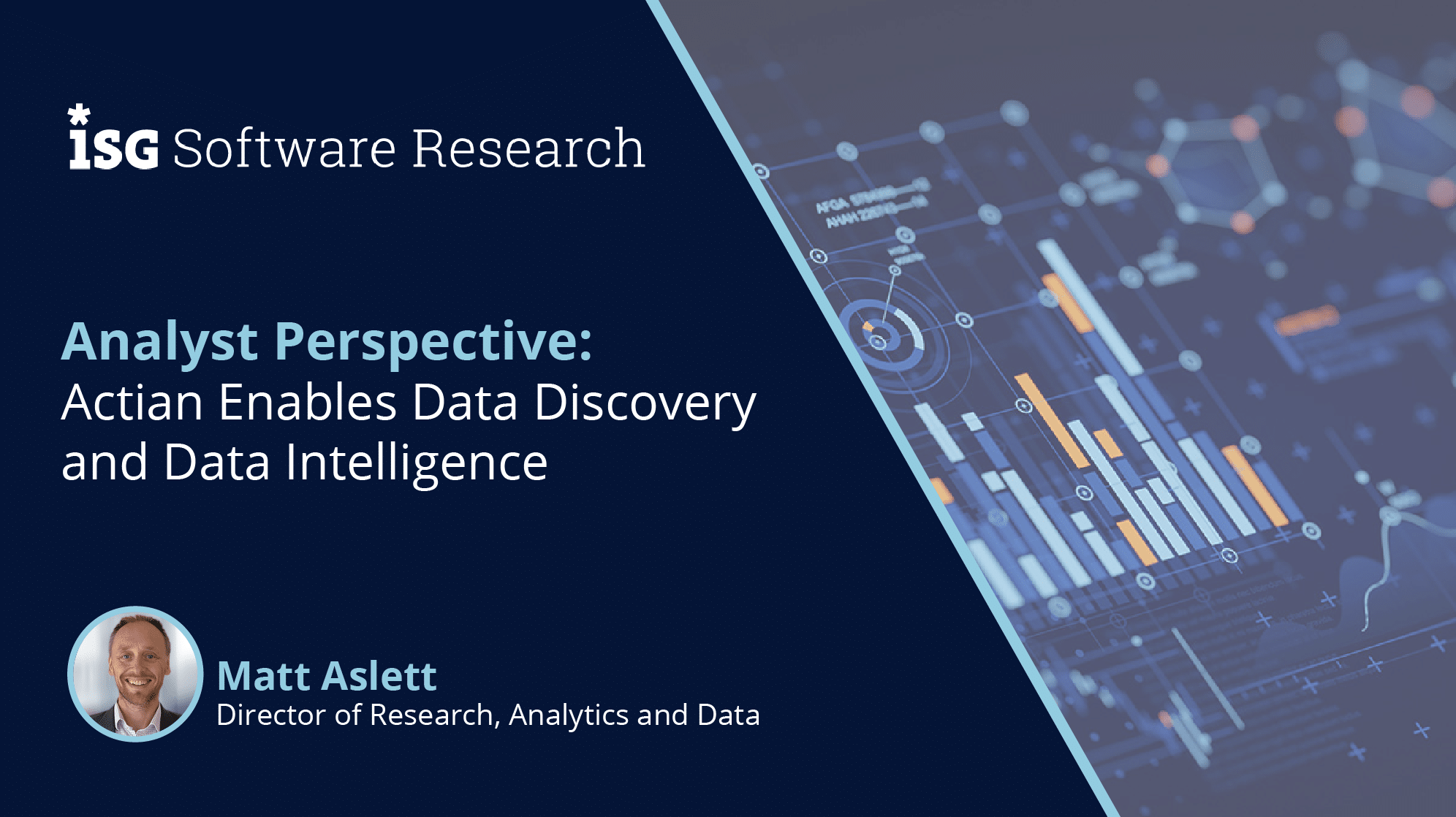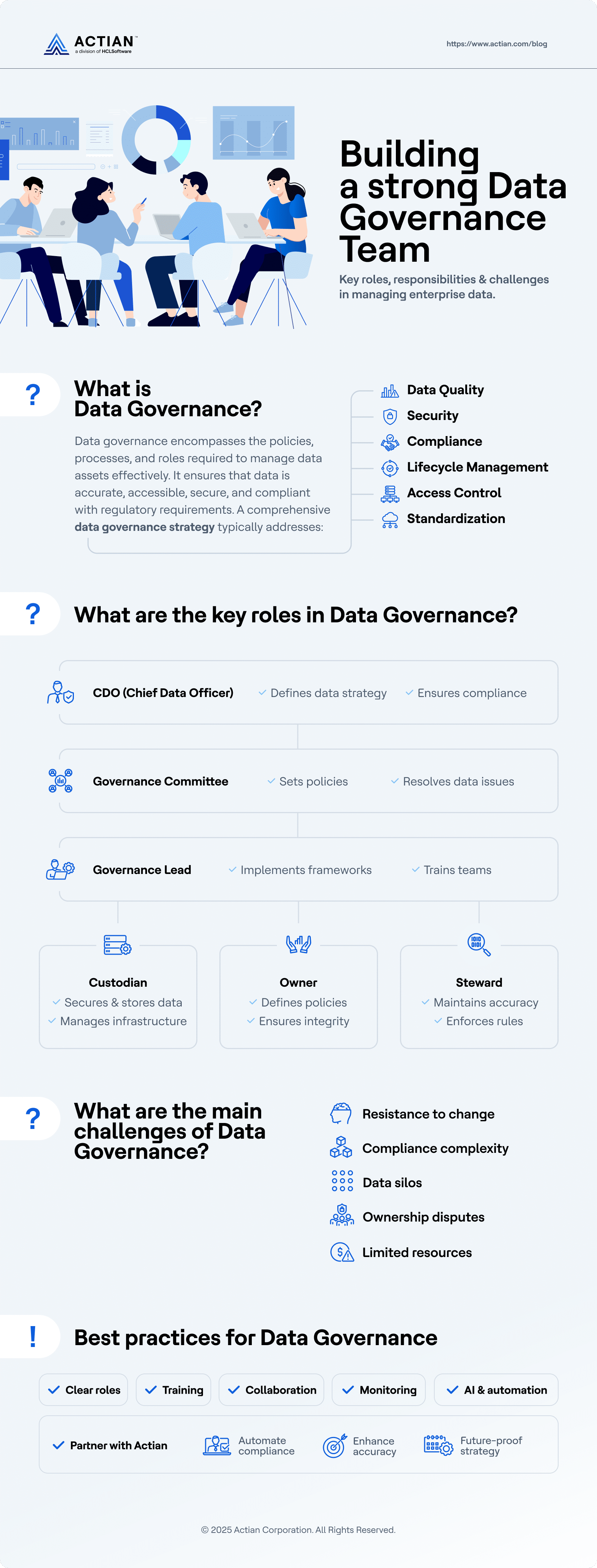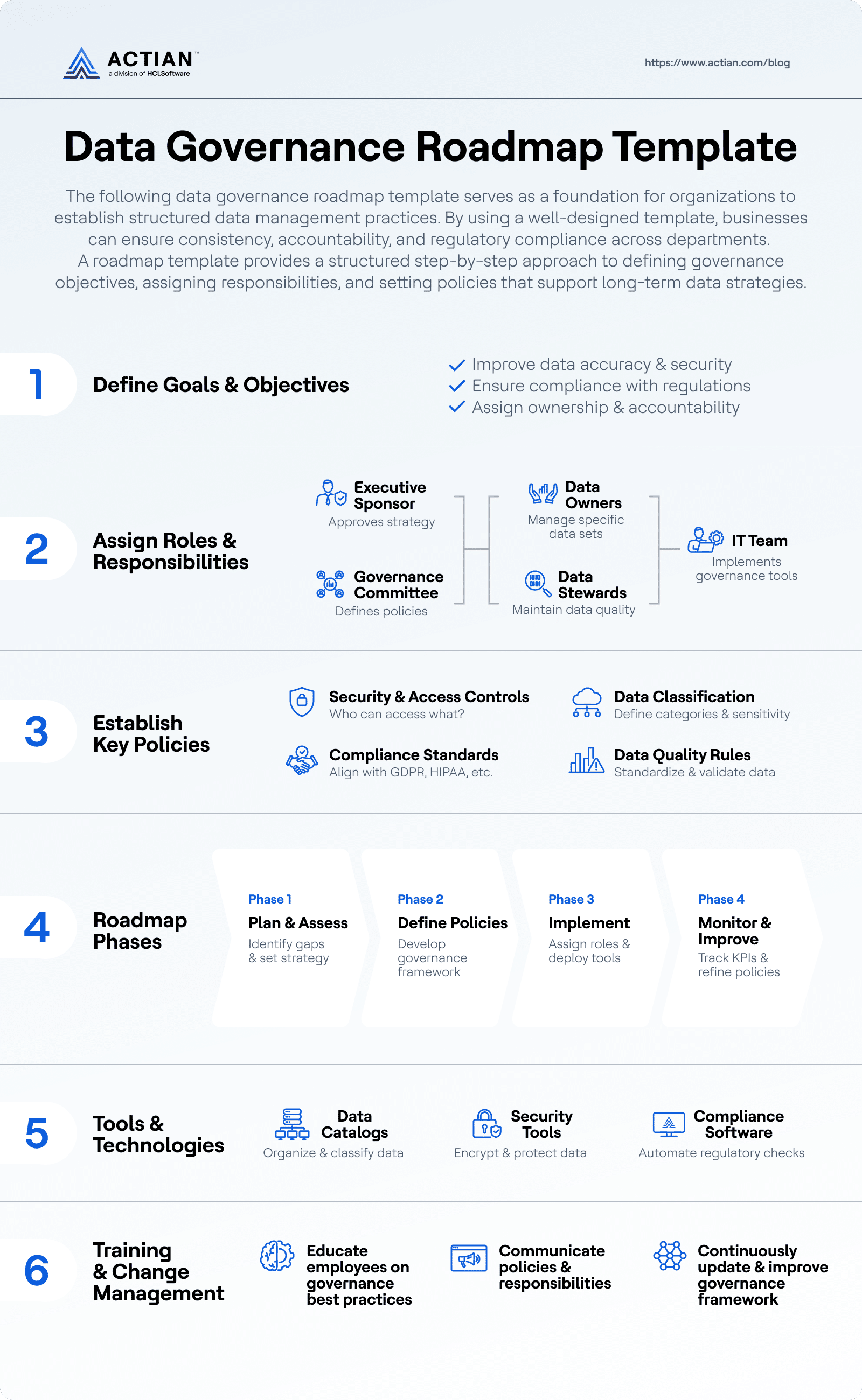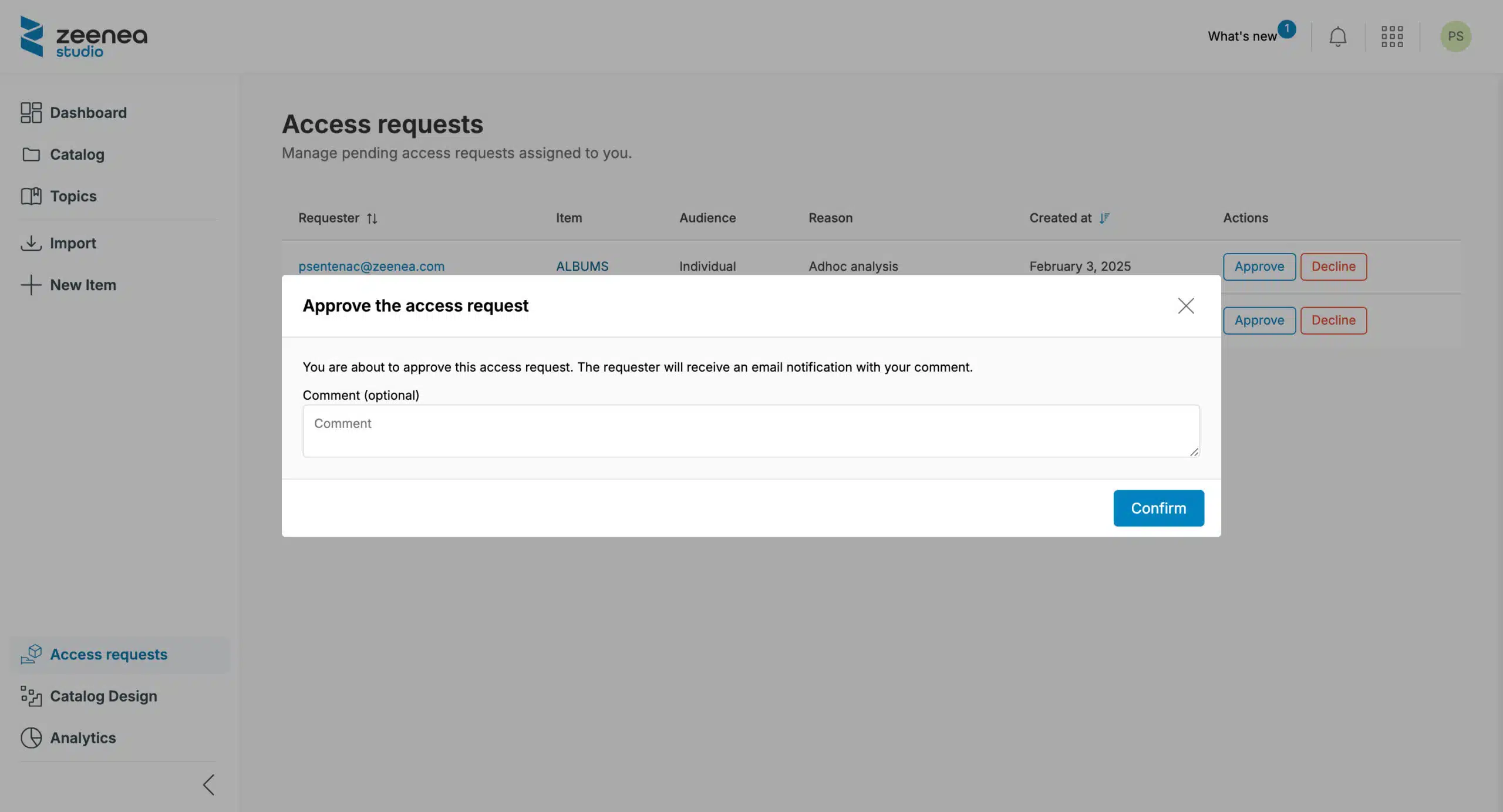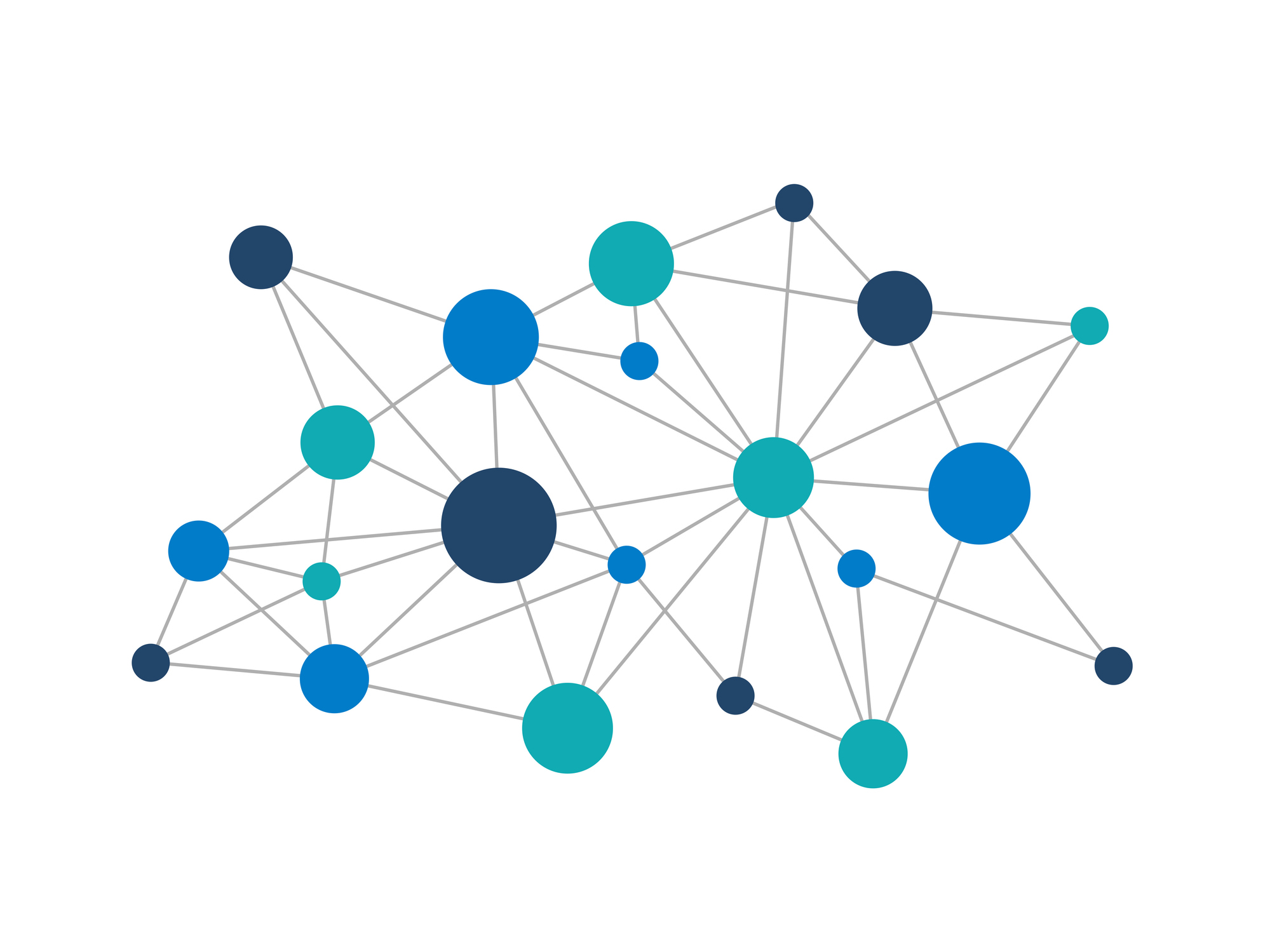6 Reasons to Include Business Users in Your Data Catalog Strategy
Charlie Wood
April 1, 2025

In today’s data-driven world, organizations are increasingly relying on data catalogs to manage, organize, and govern their data assets. While data catalogs are often seen as tools for data engineers, analysts, and data stewards, their true potential is unlocked when business users are actively engaged in leveraging them.
Business users—those who rely on data to make decisions, drive strategy, and deliver value—play a critical role in ensuring the success of a data catalog initiative. Here are six reasons why including business users in your data catalog strategy is not just beneficial, but essential:
1. Bridging the Gap Between IT and Business
One of the most common challenges in data management is resolving the disconnect between technical teams and business users. Data engineers and stewards often focus on the technical aspects of data—schemas, metadata, and governance—while business users are more concerned with how data can answer their questions or solve their problems.
By involving business users in the data catalog, organizations can:
- Ensure that the catalog is designed with business context in mind, making it more intuitive and user-friendly.
- Help technical teams understand the real-world use cases for data, ensuring that the catalog prioritizes the most valuable assets.
- Foster collaboration between IT and business, creating a shared understanding of data and its role in decision-making.
2. Adding Business Context to Metadata
A data catalog is only as valuable as the metadata it contains. While technical metadata (e.g., column names, data types) is essential, it often lacks the context that business users need to understand and trust the data.
Business users can contribute business metadata, such as:
- Definitions of key terms and metrics (e.g., “What does ‘customer churn’ mean in our organization?”).
- Annotations or tags that describe how data is used in specific business processes.
- Insights into the quality, reliability, and relevance of datasets based on their experience.
This additional layer of context makes the data catalog more accessible and meaningful to a broader audience, increasing its adoption and utility.
3. Driving Data Democratization
Data democratization—the process of making data accessible to everyone in an organization—is a key goal for many modern enterprises. However, democratization is only possible if business users feel empowered to find, understand, and use data independently. A well-designed data catalog can serve as the foundation for data democratization, but only if it meets the needs of business users.
By involving business users in the design and implementation of the catalog, organizations can:
- Ensure that the catalog includes features like natural language search, business-friendly interfaces, and self-service tools.
- Identify and address barriers to adoption, such as overly technical language or complex navigation.
- Build a culture of data literacy, where business users feel confident using data to drive decisions.
A well-designed data catalog that’s adopted across all user categories drives data democratization. It enables all users to access the data assets they need, encouraging trust in data and promoting enterprise-wide data usage.
4. Improving Data Governance and Compliance
Data governance is often seen as a top-down process, driven by policies and rules set by IT and compliance teams. However, business users play a critical role in ensuring that governance policies are effective and practical.
By including business users in the data catalog, organizations can:
- Encourage them to take ownership of data quality and stewardship within their domains.
- Provide a platform for them to flag issues, suggest improvements, and contribute to governance efforts.
- Ensure that governance policies are aligned with real-world business needs, rather than being purely theoretical.
This collaborative approach to governance not only improves compliance but also builds trust in the data catalog as a reliable source of truth.
5. Enhancing Decision-Making and Business Outcomes
At its core, the purpose of a data catalog is to enable better decision-making by making data more accessible, understandable, and actionable. Business users are the ones who ultimately turn data into insights and insights into action.
By involving them in the data catalog, organizations can:
- Ensure that the catalog supports their decision-making processes, from finding the right data to understanding its limitations.
- Identify gaps in the catalog, such as missing datasets or unclear definitions, that could hinder decision-making.
- Foster a data-driven culture, where decisions are based on evidence rather than intuition.
When business users are actively engaged with the data catalog, they are more likely to trust and rely on it, leading to better business outcomes and a data-driven culture.
6. Encouraging Adoption and Long-Term Success
One of the biggest challenges with any data catalog initiative is driving adoption. A catalog that is designed solely for technical users may struggle to gain traction among business users, limiting its impact.
By involving business users from the start, organizations can:
- Ensure that the catalog meets their needs and expectations, increasing the likelihood of adoption.
- Create a sense of ownership and buy-in, as business users feel that their input has been valued.
- Build a community of engaged users who advocate for the catalog and encourage others to use it.
This user-centric approach is key to ensuring the long-term success of the data catalog.
Final Thoughts
Including business users in your data catalog strategy is not just a nice-to-have—it’s a necessity. Their involvement ensures that the catalog is relevant, user-friendly, and aligned with the organization’s goals. By bridging the gap between IT and business, adding valuable context to metadata, and driving adoption, business users play a vital role in turning a data catalog into a powerful tool for decision-making and innovation.
To succeed, organizations must foster collaboration between technical and business teams, provide training and support, and continuously gather feedback to improve the catalog. By doing so, they can create a data catalog that truly empowers everyone in the organization to unlock the value of data.
Remember: A data catalog is not just a technical tool—it’s a business enabler. And business users are the key to unlocking its full potential.
Experience a Modern Data Catalog
The Actian Data Intelligence Platform empowers organizations like yours with a unified data catalog that simplifies data discovery, enhances collaboration, and ensures data is accessible and trusted across teams. By providing rich business context and actionable insights, the platform and catalog can help you accelerate decision-making and drive innovation with confidence. Experience them for yourself with an interactive tour or demo.
Subscribe to the Actian Blog
Subscribe to Actian’s blog to get data insights delivered right to you.
- Stay in the know – Get the latest in data analytics pushed directly to your inbox.
- Never miss a post – You’ll receive automatic email updates to let you know when new posts are live.
- It’s all up to you – Change your delivery preferences to suit your needs.







